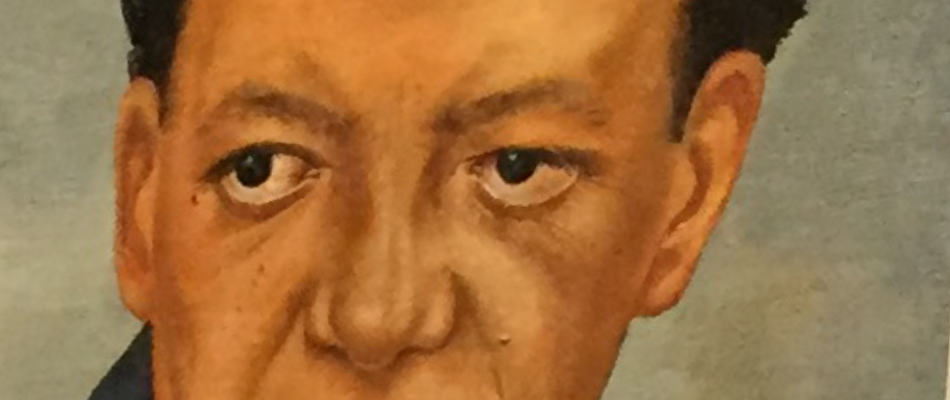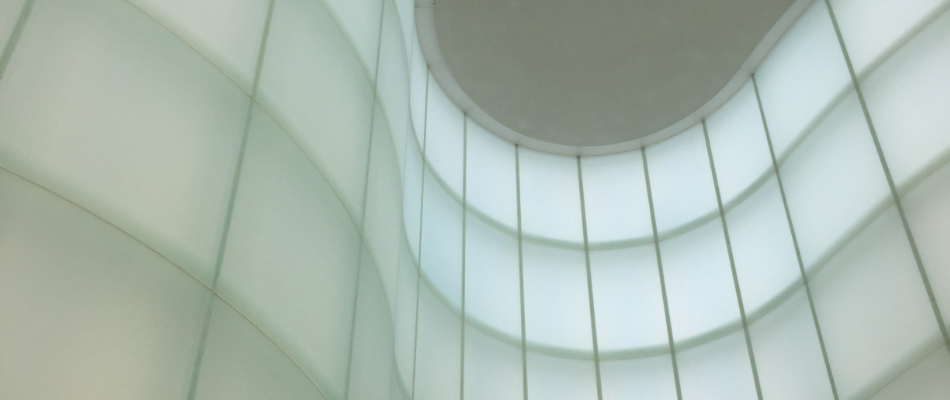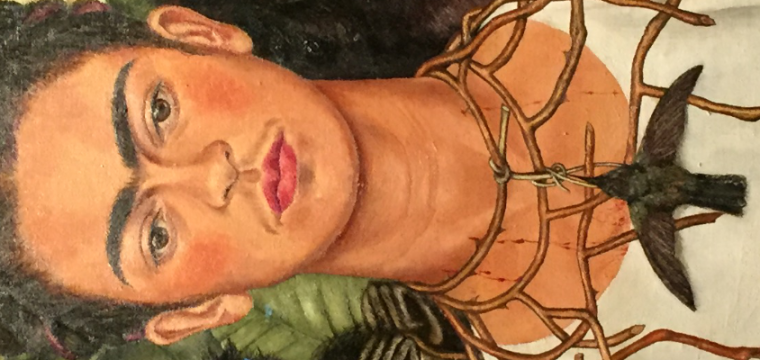The exhibition.
I visited this exhibition Saturday on 02/10.
The exhibition is a chance to retrace the artist’s complex personality, reinforcing and enlarging the distintive characteristics that popular culture has given to her. Her works features feminism, the celebration of her body with the frequent self-portraits and her multifaceted sexuality. There are also elements that illustrate her proximity to communism and the Russian revolutionary, Lev Trotsky, and his escape from Russia as well as her phisical disability and her associated phisical and mental pains.
The items shown are paintings, photos, objects and letters that come from Casa Azul’s collection which was descovered in the 2007, the former artist’s house which is now Frida Kahlo’s Museum and which is located in the suburb of Coyoacan, the collection of Isolda P. Kahlo, artist’s niece and now the director of the Frida Kahlo Corporation as well as artworks from Dolores Olmedo Museum in Mexico City and Jacques and Natasha Gelman Collection, the latter being the most important in the world.
Drawings and paintings on exhibition include the famous Selfportrait with monkey from Buffalo Museum and for the first time Nina con collar, painted in 1929 and gifted to Frida’s assistant upon the artist’s death, it was considered lost for a long time.
The vividly coloured paintings which are surrealistic, visionary and sometimes a bit naive, exude the most important aspects of the artist’s poetry, her personal pain and her dramatic accident when she was 18 which, after 32 operations, left her unable to move for years and made motherhood an impossibility. She touches on the Mexican Revolution, her interactions with communism, feminism, transgression and her deep love for Diego Rivera as weel as the adultery that led to divorce and recommencement of their relationship that lasted until her death.

The Museum.
The MUDEC Museo delle culture Milano
The City of Milano bought the former industrial area of Officine Ansaldo in the 1990. The once abandoned area is now full of spaces for performing arts, studios and creative laboratories. In this urban district a museum that is dedicated to exhibiting aspects of different cultures from over the worls has been developed. Today in this polyvalent space is housed the collection of the City of Milan that include over 7000 works of art date from 1200BC to the early 18th century as well as tools, fabrics and musical instruments.
In 2000 architect David Chipperfield won the contest to design the redevelopment of Ansaldo area. As a result of the project 17.000 square meters of an industrial archaeology site that dates back to 1904. The museum is characterized by the refit of the main buildings that preserved their industrial aesthetyc. A new construction with an organic shape unites the older buildings and cover the empty space between them. This iconic space has surfaces in opal glass mounted on a frame steel structure. The Museum has three floors. The ground floor contains the hall, tickets vending area, design shop, storage space, wardrobe, conference spaces, workshops, restoration labs and a space for kids, the Mude lab.
The exhibition area, both for permanent and temporary displays, is on the first floor and it shows off the new, bright “piazza coperta”. There is also an auditorium for visual arts.

